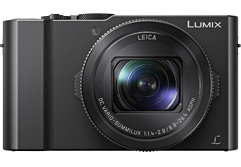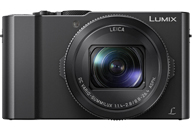
Add to compare

Panasonic Lumix DMC LX10
COMPARISON SELECTION (3 selected items max.)
VIEW COMPARISON
ADD MORE
Scores

70
sensor
Panasonic Lumix DMC LX10 side by side comparisons
versus rival model with similar score
Panasonic Lumix DMC LX10
Panasonic Lumix DMC-ZS100

70
70

vs Canon model
Panasonic Lumix DMC LX10
Canon PowerShot G9 X Mark II

70
65

vs Nikon model
vs Sony model
vs Canon model
Panasonic Lumix DMC LX10
Canon EOS 1D Mark III

70
71





